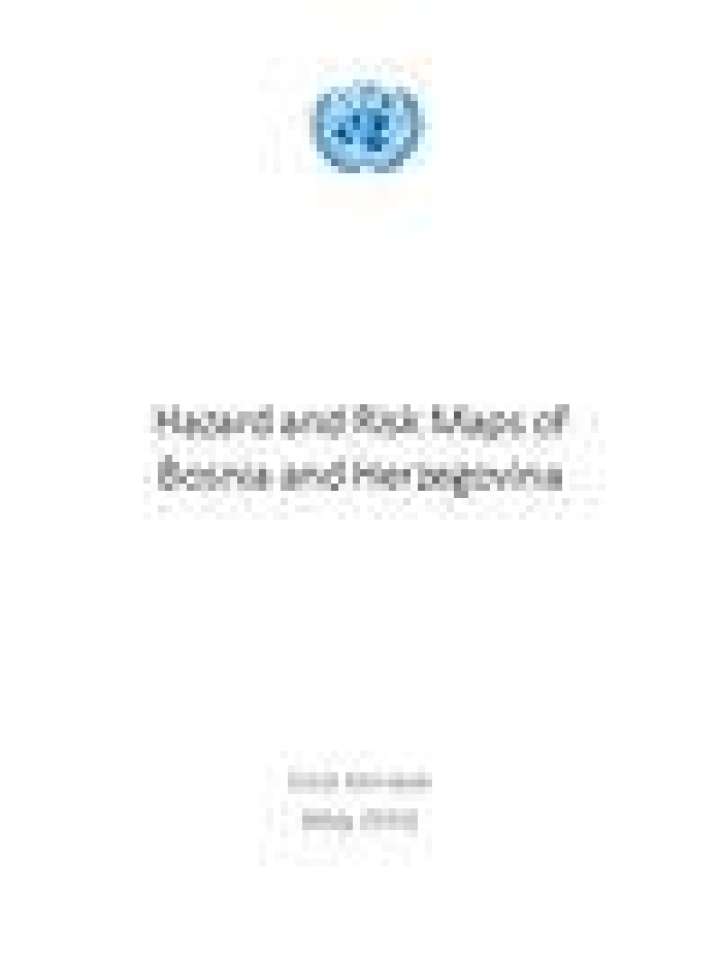Bosnia and Herzegovina: hazard and risk maps
A number of government institutions, international agencies, scientific organizations and non-governmental organizations in Bosnia Herzegovina are currently in the process of scaling up their DRR programming. In order to facilitate this process, UN agencies have compiled a collection of hazard and risk maps that will enable agencies/institutions in the country to risk-inform their policies, plans, programmes and activities. The geo-spatial hazard and risk maps in this compilation will enable disaster risk reduction practitioners in the country to identify where individual hazards are most likely to occur as well as the proportion of population and assets at risk.
All maps were developed with open source Geographic Information System (GIS) software relying on a combination of country-specific datasets (floods and landslides) as well as best international scientific data (earthquakes and wild fires). Thanks to the use of open source analytic tools, sophisticated spatial analysis was undertaken at no other cost than the time invested in conducting the analysis.
Sharing of information is as important as creating new data. This work demonstrates that significant time and resources can be saved by capitalizing on existing models, datasets and maps for disaster risk assessments.
This compilation of maps features four single-hazard maps (earthquakes, landslides, floods and wild fires) as well as two multi-hazard maps (sudden-onset and livelihood-focus) and four exposure maps of people and GDP in relation to floods and earthquakes.
Explore further
